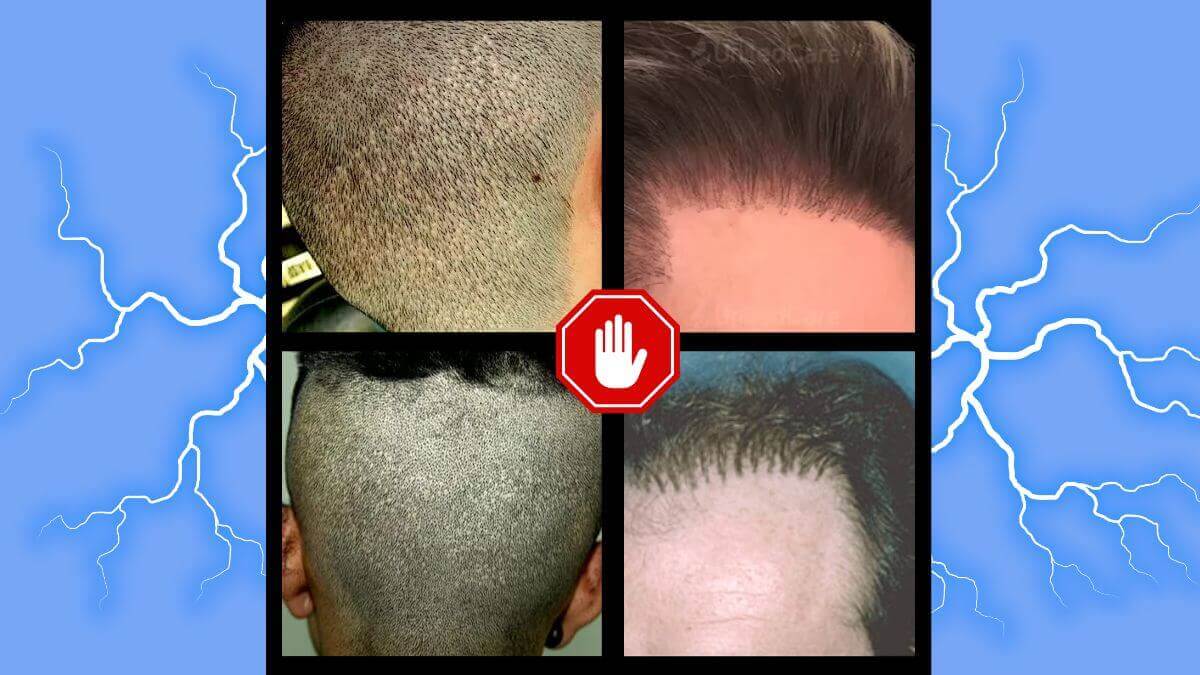Almost every day at my office, a patient with a receding hairline sits in front of me with eyes full of hope. He finally has found the courage to get a hair restoration surgery.
However, he is unaware he is just stepping inside a minefield of hair transplant risks. “I want my hair back,” he says.
People who already had one or two hair transplants usually know these risks well, but someone doing it the first time, often has no idea and that’s when they can easily fall into traps of hair mills or cheap clinics just trying to take their money.
As surgeons, our job isn’t just to transplant hair but to navigate these risks while delivering natural, lasting results.
Here’s what you need to know about 2025’s hair transplant landscape, straight from the operating room.
Top 3 Hair Transplant Risks
1. The Loss of Grafts That Are Limited In Number ❌
In a kidney transplantation surgery, the organ is very well preserved in every part of the surgery. Why because the number of kidneys is limited making them extremely precious.
However, in hair transplantation, since a person has tens of thousands of hairs, similar care and attention aren’t put in most of the time especially if you are having low-cost hair restoration surgery.
⚠️ Below are the 13 most common ways hairs are lost in the hair restoration process ‼️
- Grafts may be damaged/amputated, bulbs may be cut. Cheap, dull or wrong size punches cause this damage.
- Outside the body after graft extraction, grafts are cooled down (their metabolisms are reduced) however since they are not in a proper solution (with correct body-like ingredients with a proper density) they can’t protect themselves against osmosis and diffusion using ATP.
- Wrong temperature with the wrong solutions again. Sudden temperature changes also cause damage.
- Dehydration (Desiccation) if grafts are left out open.
- Too many grafts are being transplanted with an extreme density and a scalp can’t support newly transplanted hairs.
- Scarred or poorly vascularized skin can’t also nourish the new grafts.
- Mechanical trauma by forceps used by inexperienced operators hurt grafts. Inexperienced staff squeeze grafts too hard.
- Wrong implantation depth or angle.
- Too small or too big slits cause graft to bend or crush the dermal sheath.
- Smokers, diabetics, or people with autoimmune issues may face poor healing requiring great daily surgeon care and control.
- Infections in wounds after the surgery.
- Scratching or rubbing the scalp dislodges new grafts.
- Not following post-op hair transplant care guidelines.
Even in skilled hands, a small percentage of graft loss is normal. But careful technique, proper storage, and good post-op care can keep survival rates above 90–95%.
ℹ️ 💡 Most clinics in Istanbul close at 6 pm. Most of the time we, as a team, work till 9-10 if we transplant more than 3500-4000 grafts. Do you know why?
We treat the very first graft and the very last one with the same care and attention. It doesn’t matter what time it is or how long the surgery has taken. That graft belongs to you, and it’s very precious to you — but it’s even more precious to us.
How to take safety measures against graft loss ✅:
- Make sure your clinic uses sharp, quality tools and adjust punch size to match follicle thickness.
- Choose experienced teams to handle grafts like fragile eggs.
- Normal saline solution isn’t enough. Ask your surgeon whether he uses an ATP-enriched organ transplant solution to slow metabolism and prevent osmotic shock.
- Grafts should be kept around at 4°C in a special devices.
- Ask whether the slit width is adjusted to graft size.
- Don’t ask for more than your scalp handle. 25–35 grafts/cm² max in healthy scalps.
- Nicotine and poor circulation = dead grafts. Stop smoking for 4 weeks minimum.
- Fibrotic, scary skin won’t feed grafts. You can use derma stamps and micro-needling before the surgery.
- Stick to the pre-post op guidelines.
- One scratch ruins a $5,000 hair transplant. Get used to not touching your hair for weeks.
Grafts aren’t just “hair”—they’re living tissue. Treat them like transplant organs: right tools, right environment, right hands. And never let a salesman rush you into packing 5,000 grafts in one day. More isn’t better—alive is better.
2. The “Too-Early” Trap: When Youth Becomes a Risk ❌
Young patients in their 20s often rush into transplants, unaware that early androgenetic alopecia (pattern baldness) can progress aggressively.
I’ve seen cases where dense hairlines transplanted at 25 turns patchy by 30 as native hair thins around them. Why? Transplanted follicles are DHT-resistant, but native hairs aren’t. Without stabilizing hair loss first, patients risk an unnatural.
Ask your surgeon about the right time to have a hair transplant surgery!
Ideally, a hair transplant is recommended after 25.
Safety Measure: How to do it at the right time? ✅
First of all, choose a surgeon. To do that, test them with proper questions. Is rushing to operate you? Does he allocate time for you before the operation? Does he solve your problem long-term holistically?
After finding out, start and continue your hair restoration journey with him if you are younger than 25.
Here are my suggestions below:
- Wait Until At Least 25
- Hair loss patterns stabilize slower in your early 20s.
- Most ethical surgeons won’t operate before 25 unless you’ve stabilized loss.
- Use Medication First
- Finasteride (blocks DHT) + Minoxidil (boosts growth) can slow or even reverse early thinning.
- If meds don’t work or if you don’t like side effects, then consider surgery.
- Get a Long-Term Plan
- A good surgeon won’t just fill your hairline—they’ll predict future loss and leave grafts for later.
- Example: If you’re a Norwood 3 at 25, we might only reinforce the front, saving grafts for the crown later.
- Avoid “Mega Sessions”
- Young patients often want 5,000+ grafts in one go. Bad idea.
- Overharvesting now means no donor hair left for future touch-ups.
- Trust your surgeon and follow his long term plan.
3. The “Instagram vs. Reality” of Hair Tourism ❌
Another real patient story:
He came to my office, a public official from Switzerland for his revision/repair hair transplant. He chose a hair mill clinic in Turkey seeing a clinic’s Instagram page filled with guys grinning under hashtags like #HairTransplantPerfection.
The clinic promised him a “luxury experience” for €1,500: 5-star hotels, VIP transfers, and a “painless” FUE procedure (There is no 100% painless hair restoration surgery). The result: Unnatural and uneven hair with tiny punch scars on the back of his head.
Health tourism clinics dominate social media with the incentive of governments. Scroll through #HairTransplantTurkey, and you’ll see:
- Perfect before after photos
- Influencer/celebrity videos/testimonials
- Ultra-luxury clinics and hotels
- “Best hair transplant” awards and certifications
However, the risk behind these glossy social media posts include:
- Hidden Costs
- They try to sell everything extra. They even charge for medications.
- They try to rip you off as much as they can.
- Donor Zone Scars
- They rush to finish your surgery. Use big punches to increase the speed.
- Inexperienced nonmedical teenagers perform surgical parts leaving permanent scars
- Ghosted Aftercare
- Many Turkish clinics called “Hair Mills” operate like assembly lines. 10+ patients daily, zero follow-up, no surgeon involvement.
- Graft Graveyard
- Rushed technicians often amputate follicles killing 30%.
- 4000 graft surgery healing just starts with 2800 grafts.
Safety Tips for Hair Transplant Medical Travelers ✅
✅ Pricing Safety Measures:
- Ask for a full written quote that includes consultation, anesthesia, post-op medications, PRP (if offered), shampoo kits, and aftercare follow-up.
- Avoid vague packages like “up to 5000 grafts” unless clearly defined.
- Request a breakdown in advance: What is included? What costs extra?
- If they hesitate to share clear pricing, that’s a red flag.
✅ Scarring Safety Measures:
- Ask the clinic what punch size they use
- Request to meet or speak directly with the surgeon,
- Insist that only licensed medical professionals perform the surgery.
- Ask to see healed donor zone photos of real patients.
Aftercare Follow-up Safety Measures:
- Choose a clinic that offers post-op support for at least 12 months.
- Read Google reviews focused on aftercare, not just surgery day.
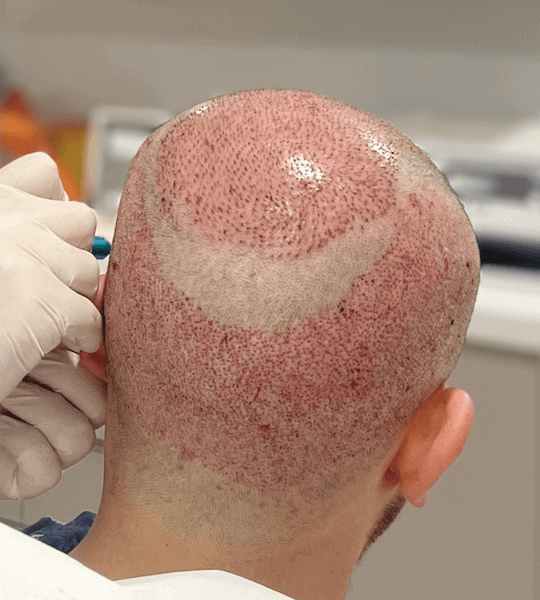
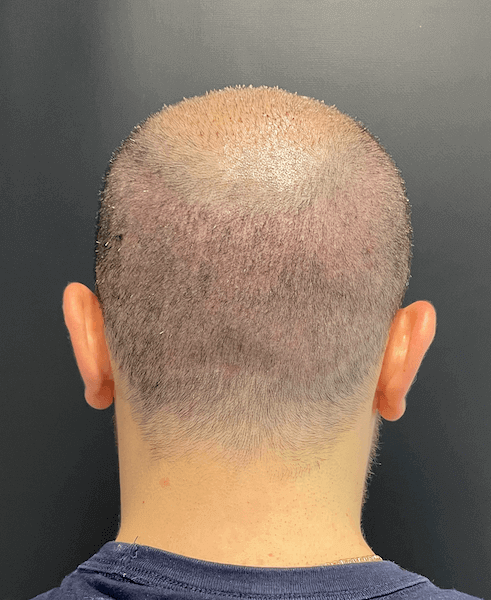
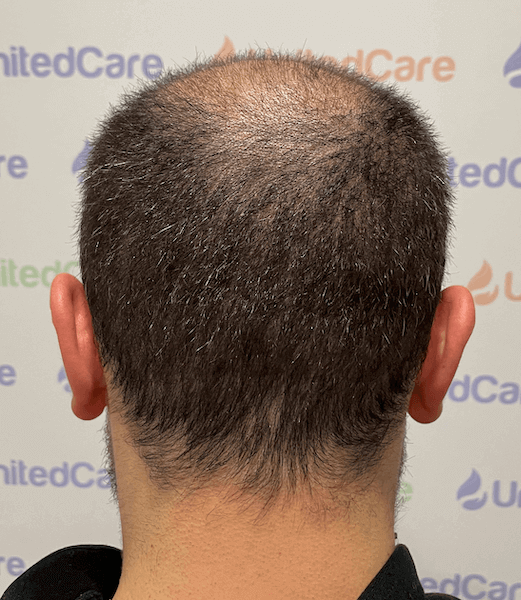
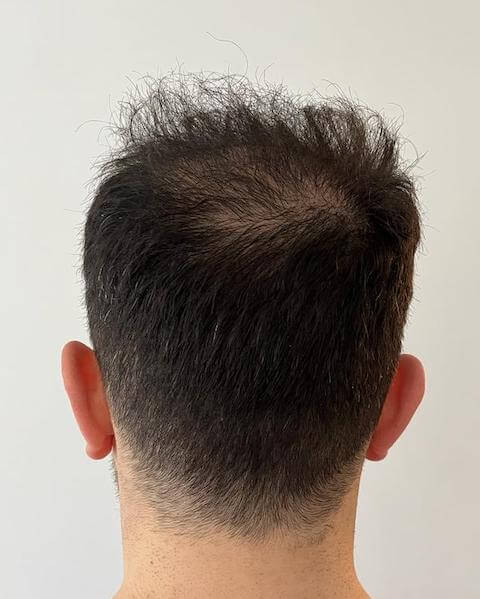
✅ Graft Graveyard Safety Measures:
- Ask how grafts are stored, and preserved during surgery.
- Check the surgeon’s involvement.
- Keep in mind that reputable clinics don’t hesitate to explain their process in detail.
Final Words from the Surgeon for Hair Transplant Risks and Safety
Turkey has world-class surgeons—but they charge €3,000–€6,000 at least, not €1,500. The discount clinics? You’re gambling with your scalp.
Always remember that hair transplants aren’t just procedures, they’re journeys.
And, as I surgeon, my role is to show you truths in full transparency and let you decide.
Risks like graft loss, infections, and unethical clinics persist, but so do solutions: good surgeons, proper hair transplant techniques, and long-term holistic care.
⚠️ My advice to first-time hair transplant candidates: Ask questions, don’t be shy to ask 100 times “WHY?”. Demand transparency. And remember, the best results aren’t just about hair they’re about long-term trust.
And remember, clinics chasing money don’t want candidates asking a lot questions 🫶
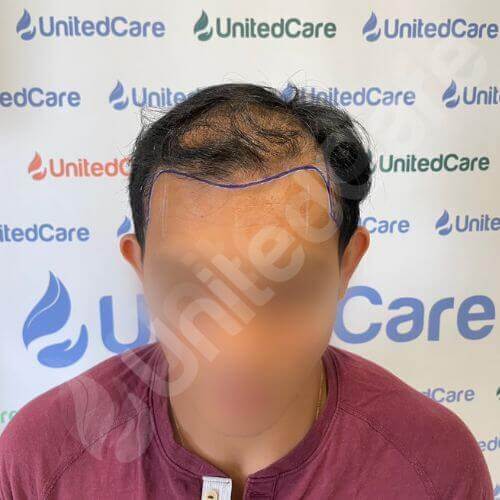
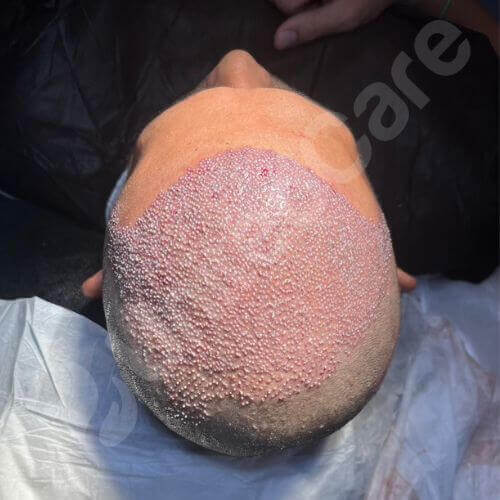

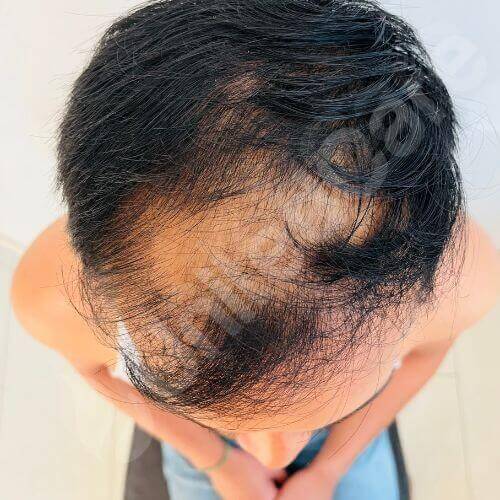
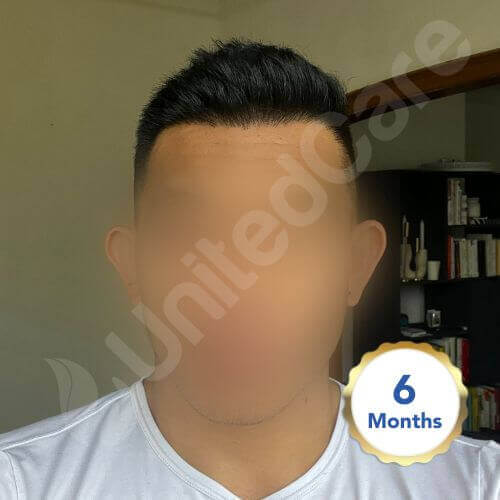
Ready to chat about your personal risks?
Let’s meet in a Zoom call. Reach my assistant first 👉
Frequently Asked Questions (FAQs)
What are hair transplant risks?
Graft loss, infections unethical clinics, hidden costs, donor zone scars, ghosted post-op period are some of the hair transplant risks.
What are the hair transplant safety measures?
Ask questions: don’t be shy to ask 100 times “why?”. Demand transparency. Ask for a full written quote to avoid hidden costs. Ask about graft storage procedures. Make sure a real surgeon performs the surgical parts.
Is 25 really the youngest age for a hair transplant?
Not always, but usually. If you’re 21 with an aggressive loss and tried other solutions, you may give a hair transplant a try. Keep in mind that, transplanted hair stays while natural hair keeps falling.
How can I know if a hair transplant clinic is trustworthy, especially when traveling abroad?
A trustworthy clinic should always be transparent. That means they tell you who the actual surgeon is. Also, if they avoid giving straight answers or push you to pay fast, be careful. A serious clinic never rushes you. In addition, check if they offer clear post-op support, even after you return home. A good surgeon stands by their work, not just on surgery day but for months after.
